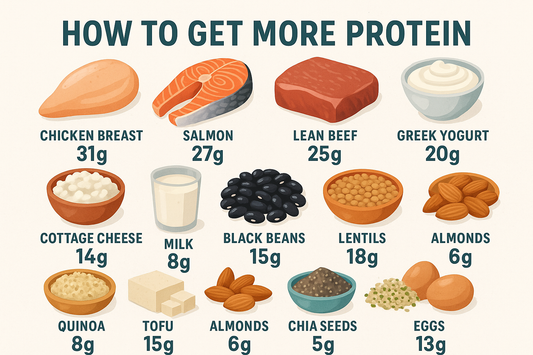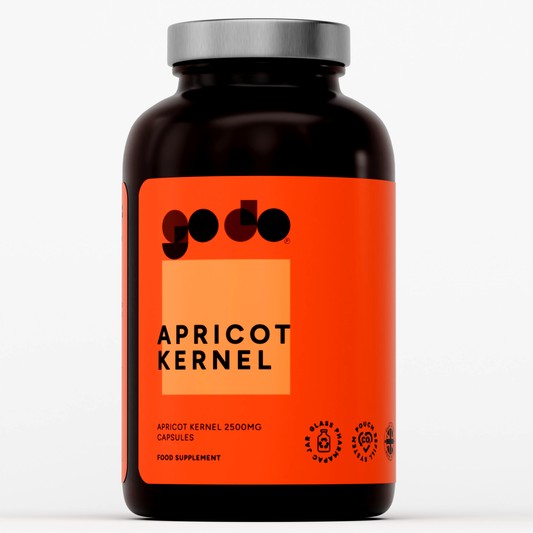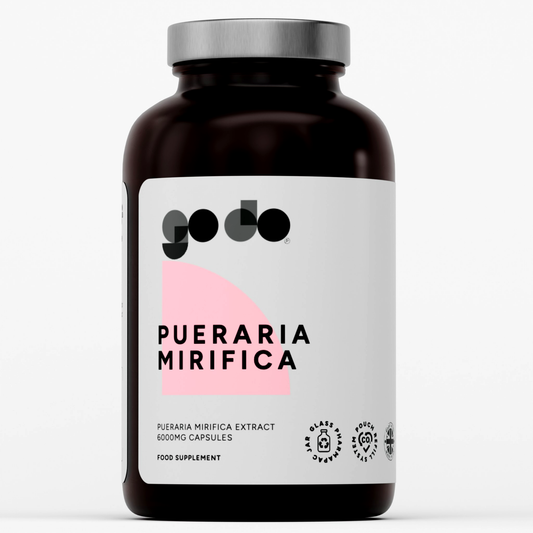Most people are aware of the numerous health benefits of physical activity, but finding time to exercise regularly can be a challenge. High Intensity Interval Training (HIIT) has gained popularity for its efficiency in achieving fitness goals in a shorter amount of time. This article examines into the effectiveness of HIIT cardio specifically for fat loss, exploring the science behind this popular form of exercise and its potential impact on weight management.

The Science of High Intensity Interval Training (HIIT) and Fat Metabolism
How HIIT affects calorie burn
An effective way to shed excess body fat through high intensity interval training (HIIT) is by increasing your calorie burn. Studies show that HIIT can burn 25–30% more calories than other forms of exercise in a shorter amount of time. By incorporating short bursts of intense exercise followed by recovery periods, HIIT can maximize calorie expenditure even after the workout is over. This elevated calorie burn specifically aids in helping individuals lose fat, contributing to overall weight management.
HIIT's impact on body fat percentage
HIIT not only helps in burning calories efficiently but also impacts body fat percentage. Research suggests that HIIT can effectively reduce body fat, especially in individuals with overweight or obesity. The intensity of HIIT workouts stimulates fat metabolism, leading to a reduction in overall body fat percentage. Combined with a balanced diet, regular HIIT sessions can contribute significantly to achieving a leaner physique.
Metabolism plays a crucial role in the body's ability to burn fat. By engaging in HIIT, you can elevate your metabolism for hours post-exercise, resulting in increased fat utilization for energy. This metabolic boost, combined with the intense calorie burn during HIIT sessions, can have a significant impact on reducing body fat percentage over time.

Key Takeaways: Is HIIT Cardio Effective for Fat Loss?
-
Effectiveness of HIIT for Fat Loss: High Intensity Interval Training (HIIT) is highly effective for fat loss, burning calories quickly and efficiently.
-
Metabolic Benefits: HIIT not only burns calories during the workout but also increases metabolic rate post-exercise, leading to further calorie burn.
-
Health Benefits: HIIT offers a range of health benefits beyond fat loss, including improved oxygen consumption, muscle gain, reduced heart rate and blood pressure, and better blood sugar levels.

HIIT Compared to Traditional Cardio
HIIT vs Traditional Cardio & Moderate Intensity Continuous Training (MICT)
Effective for burning calories in a short time. Compared to MICT, HIIT not only shows superior results in improving cardiovascular fitness and body composition but also enhances metabolic benefits, including better fat oxidation and insulin levels. May require longer durations for similar effects in traditional cardio and MICT. Elevates metabolic rate post-exercise, whereas metabolism returns to baseline quicker in traditional cardio and does not offer the same extensive benefits to blood vessel function and markers of blood vessel health as seen with HIIT.
Time efficiency of HIIT workouts
One of the key advantages of High Intensity Interval Training (HIIT) is its time efficiency. Research indicates that HIIT can provide similar health benefits as traditional cardio in a fraction of the time. For example, a HIIT session lasting 20 minutes may offer the same calorie burn as a 40-minute moderate-intensity cardio session. This makes HIIT a great option for individuals with busy schedules looking to maximize their workout efficiency.
Long-term benefits for fat loss
Compared to traditional cardio, HIIT has been shown to have long-term benefits for fat loss. HIIT not only helps in burning calories during the workout but also elevates the metabolic rate post-exercise, leading to continued calorie burn even after the session is over. Studies suggest that HIIT can assist in reducing body fat, particularly in individuals with overweight or obesity. This efficiency in fat loss makes HIIT a potent tool for those looking to shed excess weight and improve overall health.
Designing an Effective HIIT Program
Constructing a HIIT routine for beginners
Constructing a HIIT workout routine for beginners is crucial for a successful start. Begin with shorter workout sessions and longer rest intervals, such as 20 seconds of high-intensity exercise followed by 40 seconds of rest. Choose activities that you are comfortable with and gradually increase the intensity as your fitness levels improve.
Progressing to advanced HIIT for sustained fat loss
Progressing to advanced HIIT workouts is crucial for sustained fat loss and continued improvement in fitness. Any increase in intensity should be gradual to prevent injury and ensure progress. Consider incorporating longer work periods and shorter rest intervals to challenge your body further.
-
Progressing Intensity
Begin with shorter work periods and longer rest intervals. Gradually increase work periods and decrease rest intervals as fitness levels improve.
-
Adding Variation
Include a variety of exercises to target different muscle groups. Try different HIIT formats like Tabata, EMOM, or AMRAP for variety.
-
Monitoring Progress
Keep track of your workout duration, intensity, and recovery time. Measure changes in body composition and fitness to track improvements.

Potential Challenges and Considerations
Common misconceptions about HIIT
With the rise in popularity of HIIT, there are some common misconceptions that can lead to unrealistic expectations. While HIIT is indeed effective for fat loss, it's important to understand that it is not a magic solution that will instantly melt away all your excess weight. Consistency, proper nutrition, and overall lifestyle choices contribute significantly to the success of any fitness program, including HIIT.
Balancing HIIT with overall fitness goals
One aspect to consider when incorporating HIIT into your fitness routine is how it fits into your overall fitness goals. While HIIT is great for improving cardiovascular health and burning calories, it may not be the ideal choice for every individual. It is imperative to strike a balance between HIIT sessions and other forms of exercise that may better align with your specific fitness objectives, such as strength training or flexibility exercises.
It's crucial to tailor your exercise regimen to suit your individual goals and preferences. If weight loss is your primary objective, incorporating HIIT with a well-rounded fitness routine that includes strength training and proper nutrition can be a powerful combination for achieving sustainable results.
Conclusion
On the whole, High Intensity Interval Training (HIIT) is an effective form of cardio for fat loss. HIIT allows for maximal health benefits in minimal time by increasing calorie burn, reducing body fat, heart rate, and blood pressure, and improving blood sugar levels and insulin sensitivity. The short bursts of intense exercise followed by recovery periods can help burn a significant amount of calories in a short time frame, while also boosting metabolism for hours after the workout. Additionally, HIIT has been shown to help reduce body fat, increase muscle mass, improve oxygen consumption, and lower blood sugar levels. Incorporating HIIT into your fitness routine can be a time-efficient way to achieve your fat-loss goals.
FAQ
Q: Is HIIT cardio effective for fat loss?
A: Yes, HIIT (High Intensity Interval Training) cardio is highly effective for fat loss. It involves short bursts of intense exercise followed by brief recovery periods, which has been shown to increase calorie burn and reduce body fat.
Q: How does HIIT cardio contribute to fat loss?
A: HIIT cardio contributes to fat loss by boosting metabolism, increasing calorie burn even after the workout is completed. It also helps in improving oxygen consumption, reducing body fat, and promoting muscle growth, all of which aid in fat loss.
Q: How often should one do HIIT cardio for optimal fat loss?
A: For optimal fat loss results, it is recommended to do HIIT cardio workouts 2-3 times a week, allowing for sufficient rest between sessions. Consistency and progression in intensity and duration are key to maximizing the fat loss benefits of HIIT.






